- Comfortable & practical cabin
- Easy to drive
- Economical
- No active safety tech
- Temperamental stop/start
- Running costs
The 2020 Renault Master has been recently refreshed as part of Renault Australia’s promise to have an all-new or updated range by the end of 2020. Since then, the French manufacturer’s local arm announced that it will be pairing back its passenger car lineup and focussing more heavily on SUVs and LCVs. It’s no surprise considering Renault’s commercial vehicles account for a much higher percentage of their respective markets than any of its passenger cars in Australia.
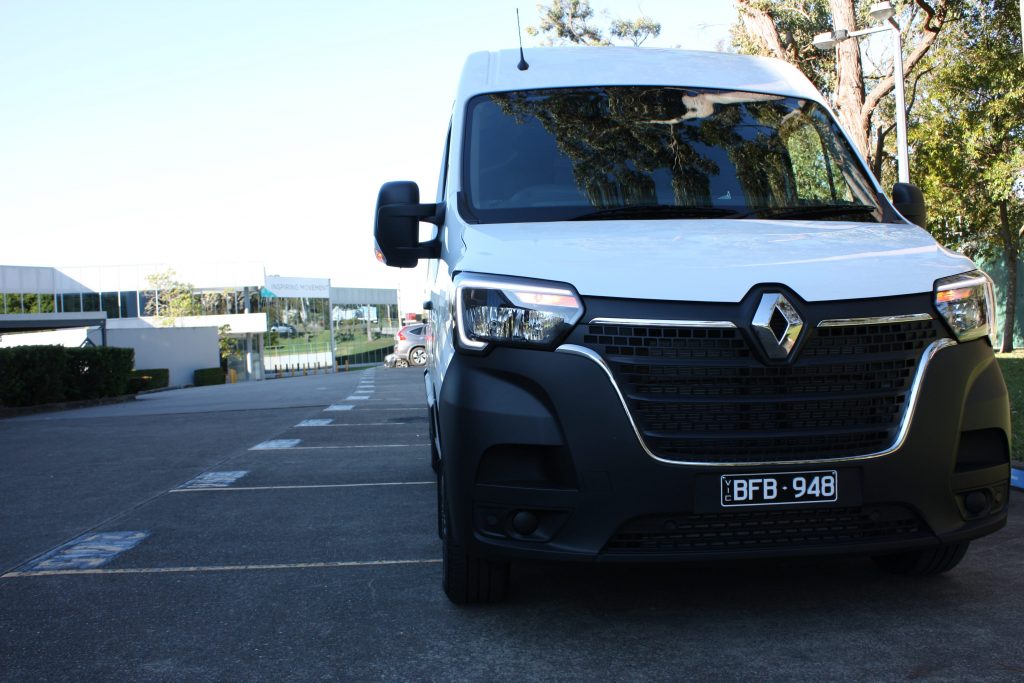
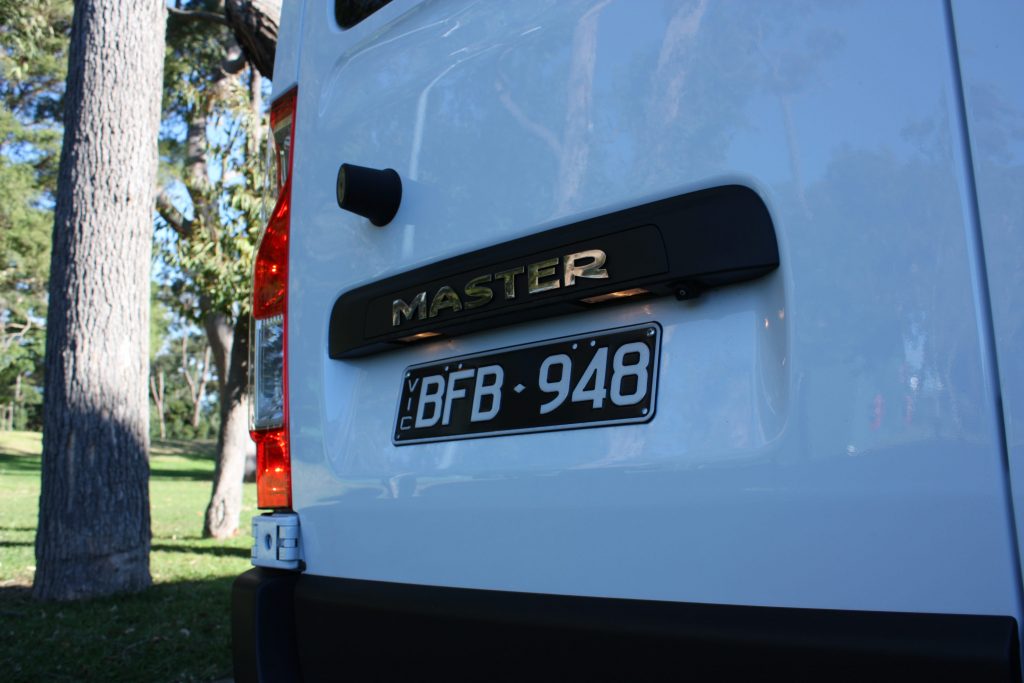
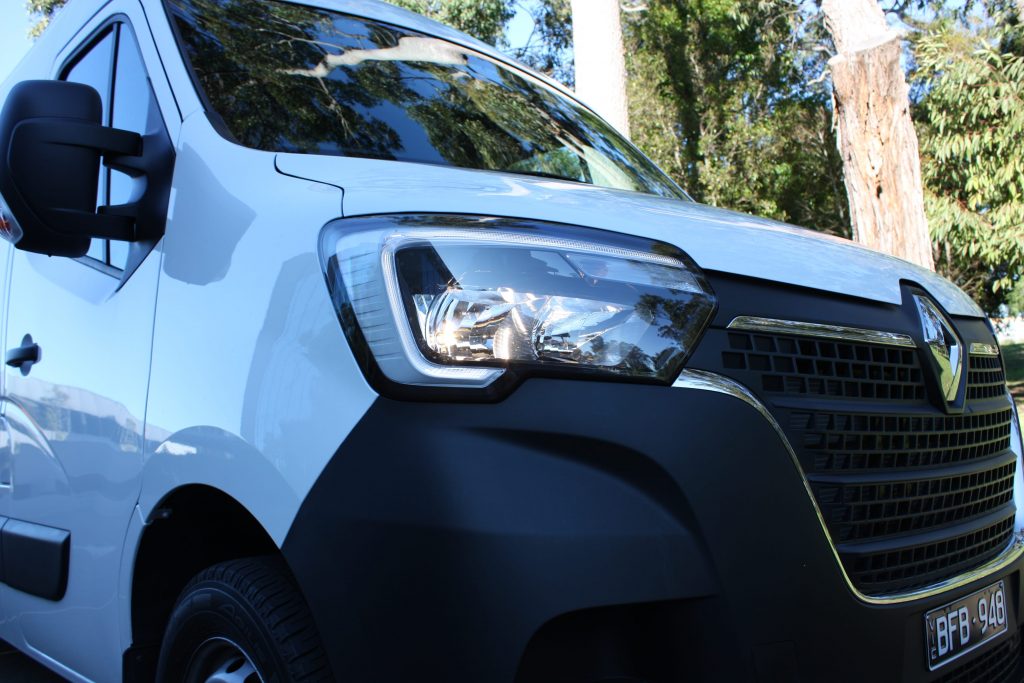
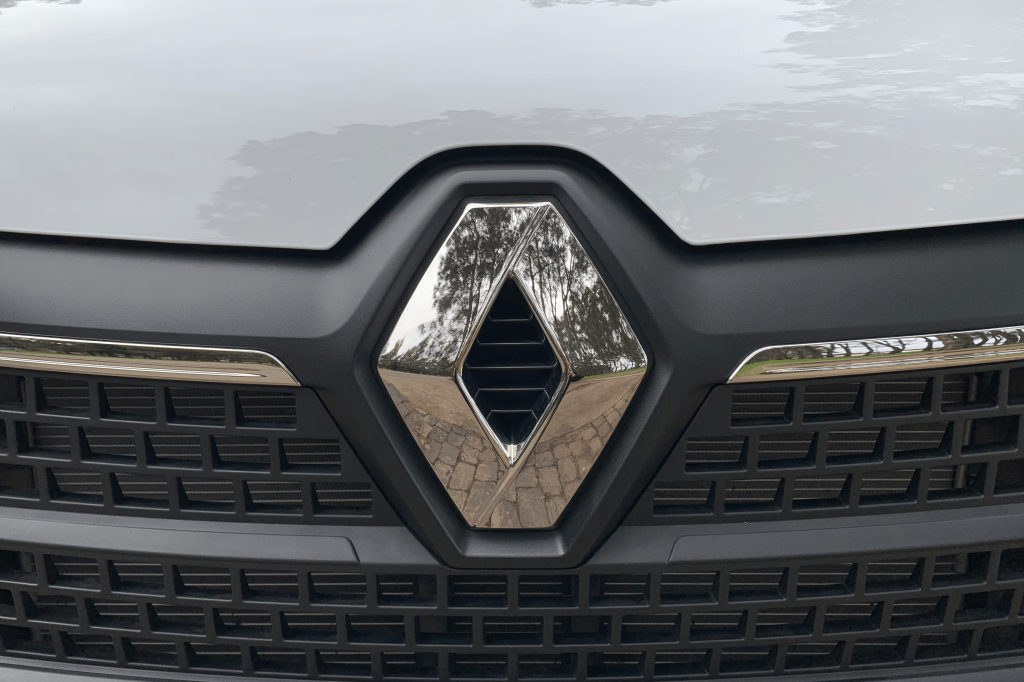
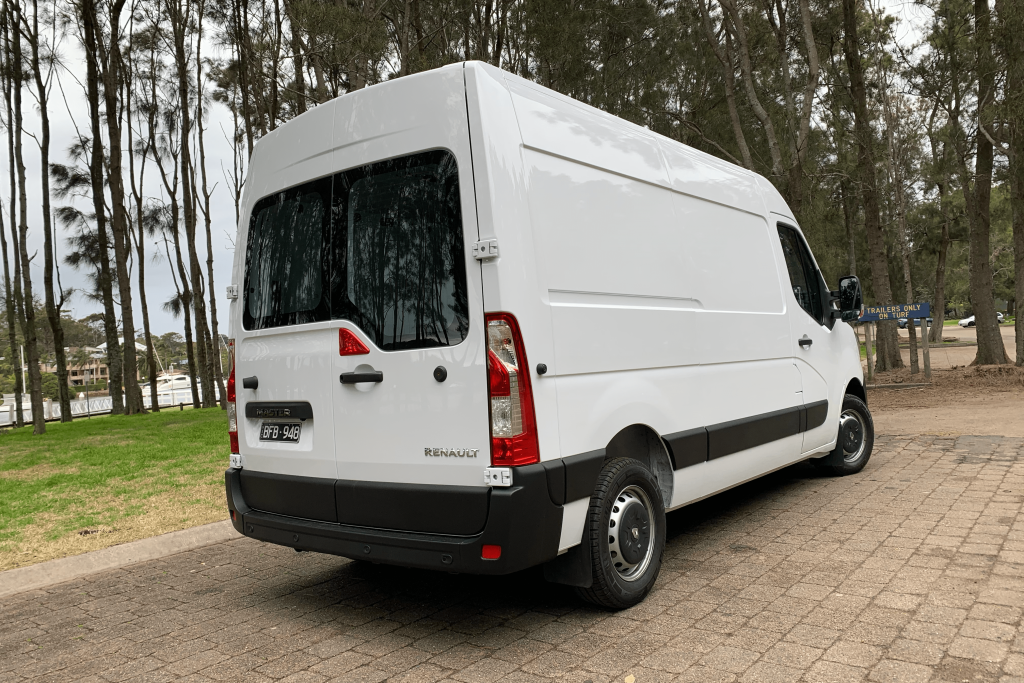
The Renault Master is the daddy of Renault’s three-prong commercial range, eclipsing both the baby Kangoo and mid-sized Trafic (and its Mitsubishi Express twin) in size and versatility. It’s available in enough variants to thoroughly confuse the average punter – including the choice of short, medium, long or extra-long wheelbase; FWD or RWD; manual or automated manual; and 110kW single turbo or 120kW twin-turbo diesel engines. Phew! Luckily, DiscoverAuto VanZap is here to help you figure out if the Master is the ultimate LCV workhorse and which model to go for.
Price & Specs: 7/10
The 2020 Renault Master van range kicks off with the Short Wheelbase manual twin-turbo at $44,490 drive away, stretching out all the way to $55,990 drive away for the Extra-Long Wheelbase manual twin-turbo. The short wheelbase offers a total 8m³ of load space, with the maximum length of 2.5m. Need more room? You can go all the way up to the extra-long wheelbase variant to get a whopping 17m³ with a maximum load length of 4.3m.
The update earlier this year also brought with it a boost of equipment levels – including a restyled front end with new LED daytime running lights and Renault’s current corporate grille. Inside, there are new dials with a monochromatic display for a digital speedo, a new 7.0-inch touchscreen infotainment system with Apple CarPlay and Android Auto, and a restyled dash that’s also said to have more durable materials. It’s a shame that Renault hasn’t added active safety technology, such as autonomous emergency braking (AEB), to the Master range.
“It’s a shame that Renault hasn’t added active safety technology, such as autonomous emergency braking (AEB), to the Master range.”
Other standard equipment includes automatic lights (which can’t be turned off) and wipers, sat nav, bluetooth, a two-speaker sound system, rear parking sensors, reversing camera, 16-inch steel wheels with a full-size spare, twin-view side mirrors with electric adjustment, electric windows (driver’s with auto down), cruise control and speed limiter, air conditioning, remote central locking, LED daytime running lights, and rear fog lights.
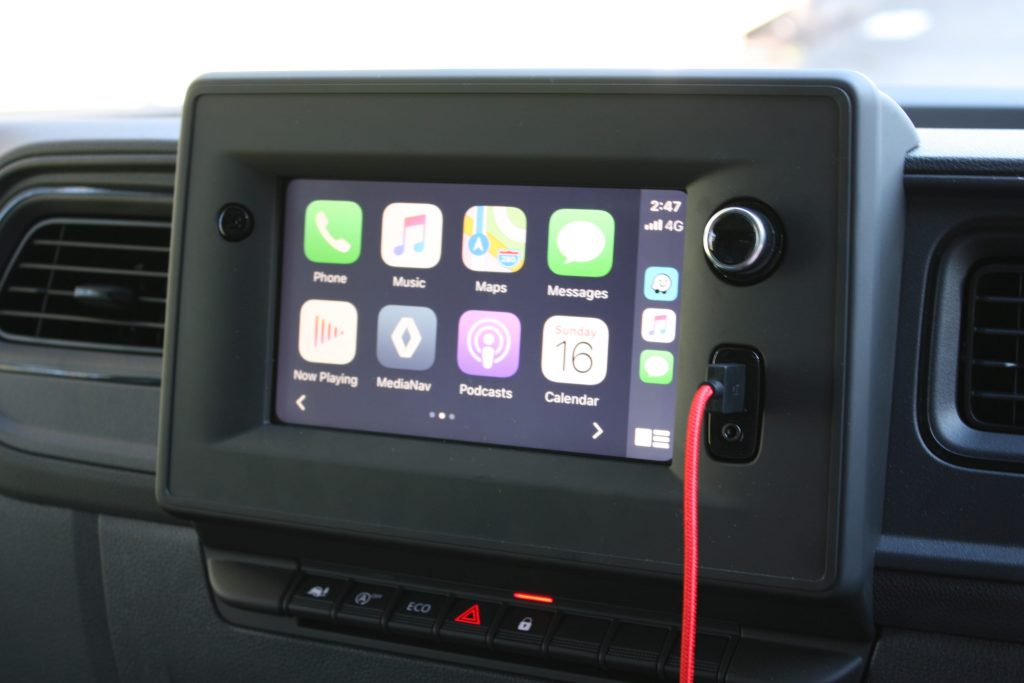
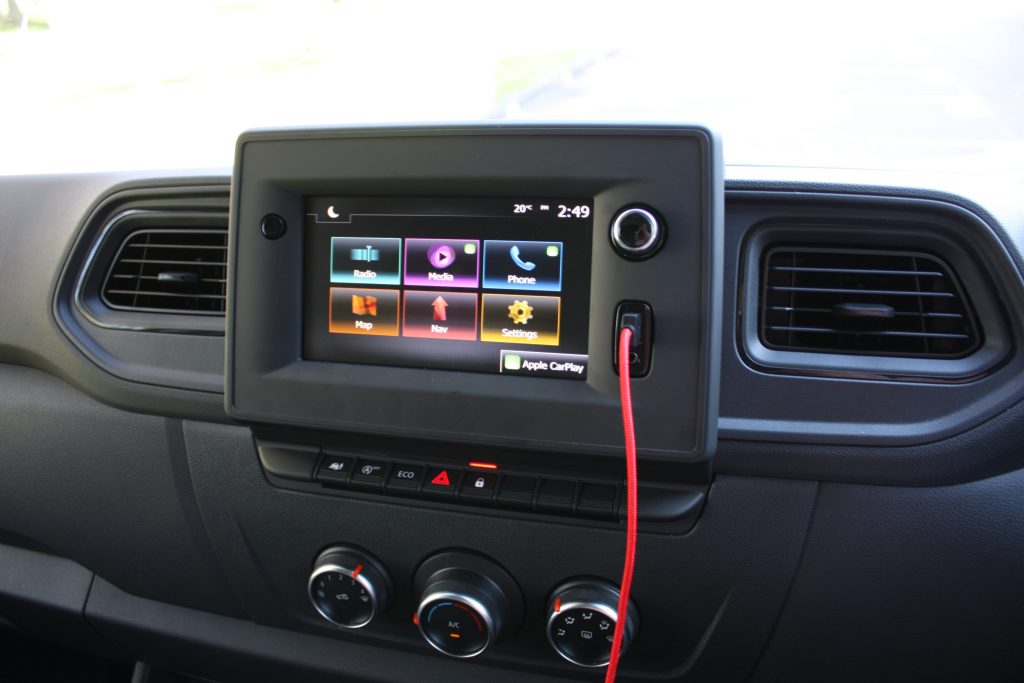
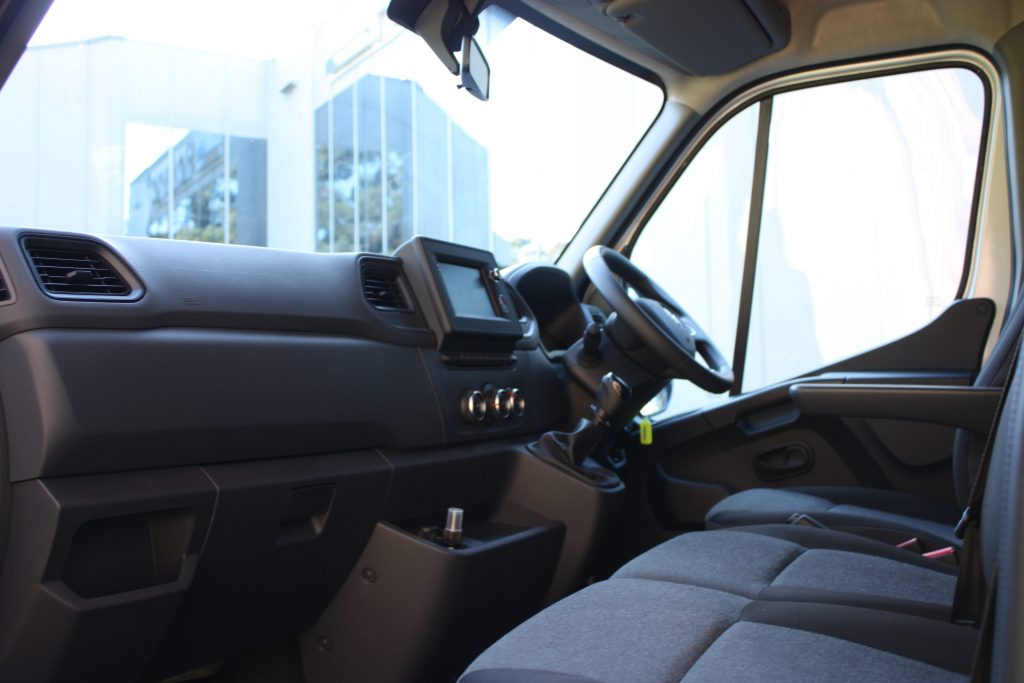
The Master can be tailored to your needs with a choice of three optional packs. The first is the manual-only Convenience Pack for $1,000 – adding Blind Spot Warning, Lane Departure Warning and Automatic High Beam. The Business Pack will set you back $1,000 – adding a ‘premium dashboard’ with chrome trim, exterior chrome highlights, front fog lights and keyless entry and start. Finally, you can opt for the Trade Pack for $1,600 – adding protective gear including timber floor full ply side protection, LED cargo lighting and an integrated rear bumper step. Metallic paint also adds an extra $1,000.
Our Master was a Medium Wheelbase manual with no options, totalling at $47,990 drive away at the time of writing. Both the Volkswagen Crafter MWB and Ford Transit LWB cost more than the Master – $52,490 and $55,433 driveway, respectively – but offer potentially life saving safety autonomous emergency braking (AEB) as standard equipment, while it simply isn’t available in the Master.
Performance & Economy: 8.5/10
All variants of the 2020 Renault Master range are powered by a 2.3-litre turbocharged diesel engine, but the version you get depends on the transmission you pick. Happy to shift your own gears and you’ll get the twin-turbo version, good for 120kW and 360Nm. If you’d rather stick with two pedals, the automated manual loses a turbo which sees the output fall slightly to 110kW and 350Nm.
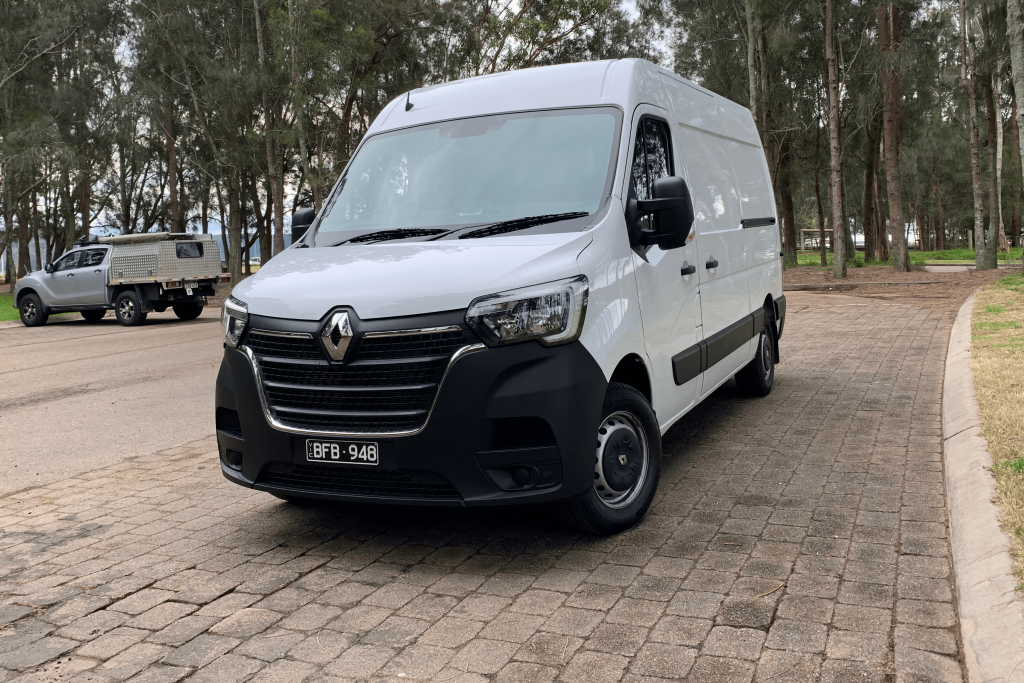
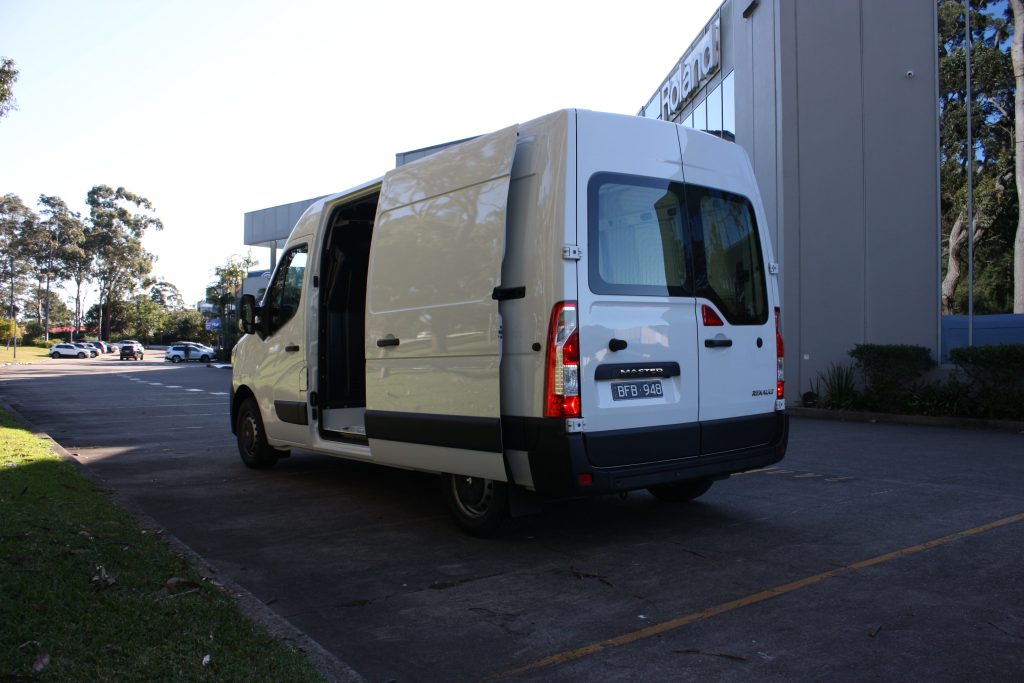
You’d imagine that driving a commercial van powered by an old-school diesel engine mated to a manual transmission is going to be an agricultural experience – unrefined, difficult to drive and sluggish. How pleasantly surprised we were. Fire the big (erm, medium) Master up and the engine is hushed. Sure, you can pick that it’s a diesel, but it’s free from excessive vibrations and there’s minimal diesel clatter on idle.
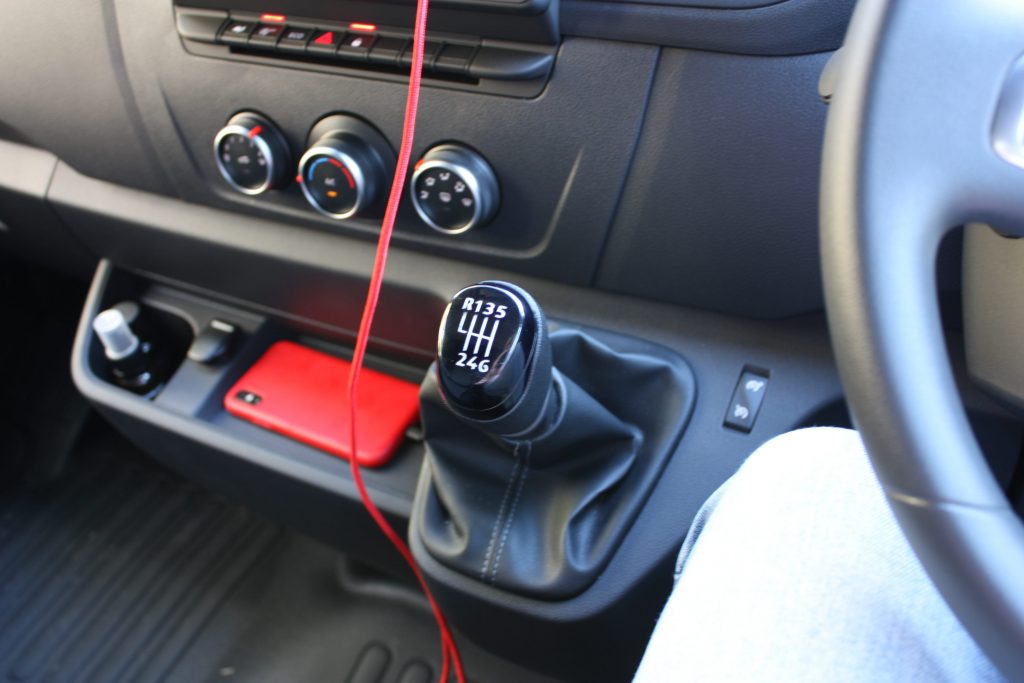
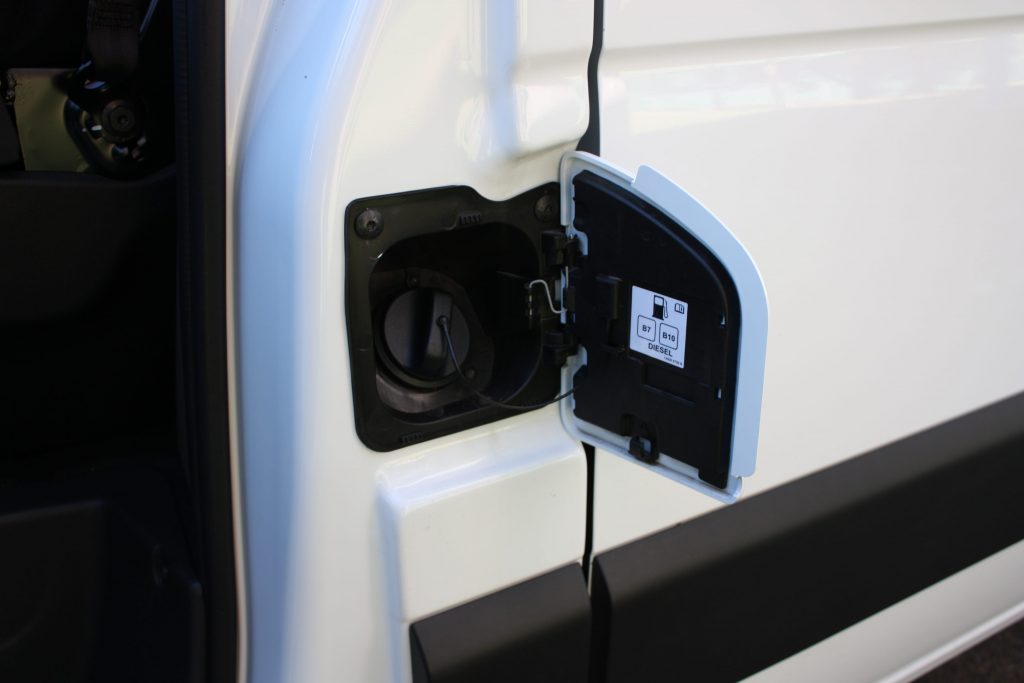

Push in the clutch and slip the chunky knob into first and you’ll find that the gearbox is smooth enough, even if it’s somewhat vague and doesn’t exactly offer a precise or snickety gear change. The clutch is also very light, making it a breeze to master the stick shift in peak hour traffic. Hill-start assist also makes life easier for those who haven’t finessed the art of the perfect hill start with a handbrake.
Once up to speed, the engine continues to impress. The healthy dollop of torque means that you can keep the revs as low as 1,000rpm without having to grab a lower gear. The shift indicator encourages you move up the ratios to sixth as quickly as possible, which is no bad thing as it starts to lose steam after 3,500rpm – where it also gets a lot more vocal.
Renault doesn’t quote an official consumption figure for the Master, but we managed an impressive 7.4L/100km in combined driving, albeit with very little weight in the back for majority of our time with it. The large 100L tank and impressive economy also meant that the Master could theoretically travel over 1,300km between fuel stops, or likely closer to 1,100km with a heavy load in the back. This impressive economy was helped by the mostly quick-acting stop/start system, but be warned – it failed to restart the engine on two occasions, requiring you to double pump the clutch before engaging first.
“The large 100L tank and impressive economy also meant that the Master could theoretically travel over 1,300km between fuel stops…”
Ride & Handling: 8/10
Despite its hard working nature, the 2020 Renault Master is comfortable and refined in a way you just wouldn’t expect it to be. It deals with bumps and imperfections effortlessly and the engine noise only makes itself apparent at higher revs. Despite the steering requiring more lock than in your average passenger car, it feels intuitive and natural to steer. The steering feels light enough to make the large Master shrink around you and the 13.2m turning circle is reasonable for its size.
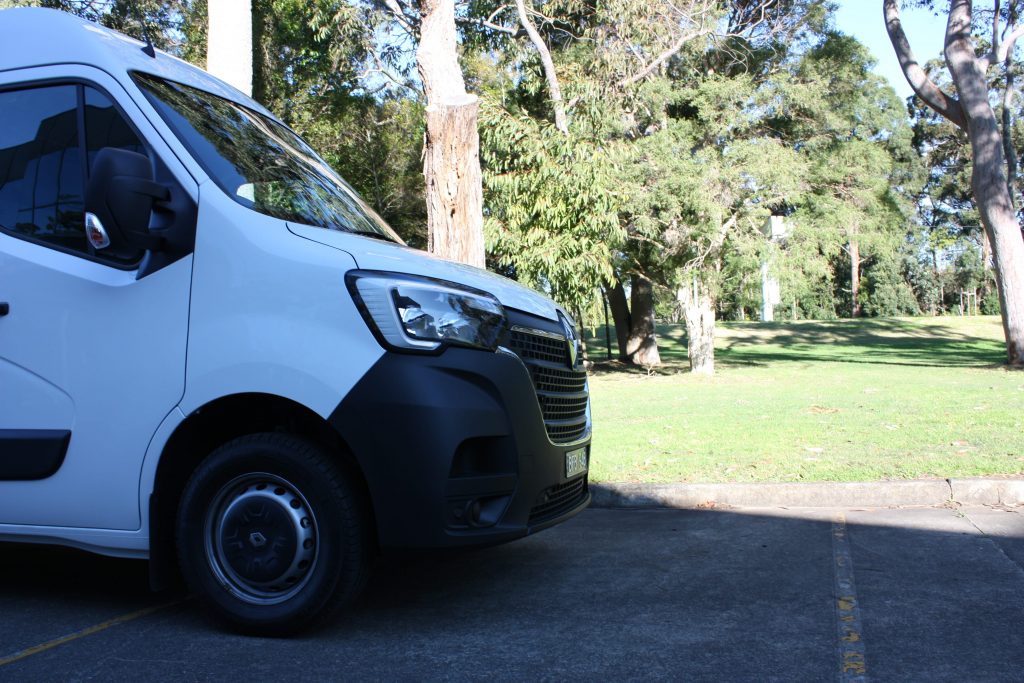
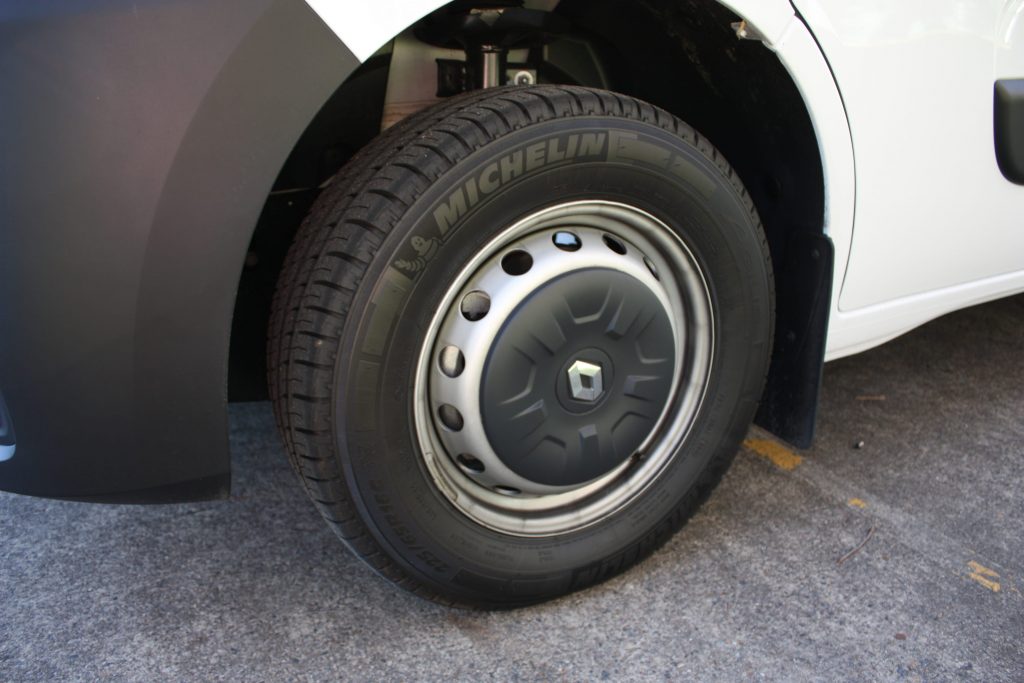
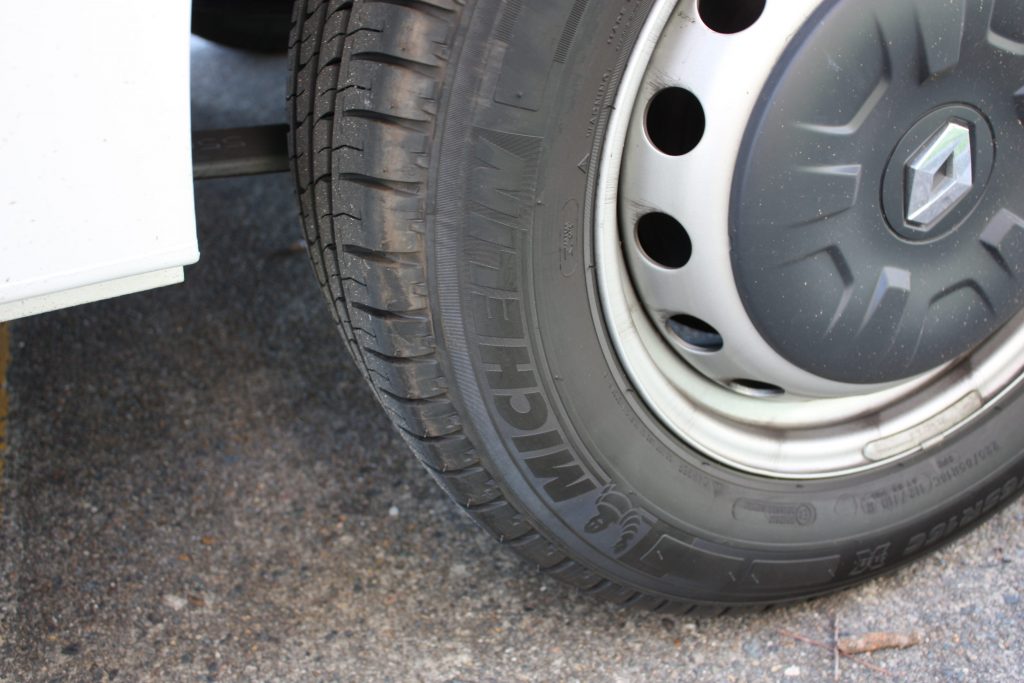
Need to deliver your load a bit faster? Push it a bit too hard and those skinny energy-saving Michelins will start to protest with some tyre squeal. The rear end can also get a bit bouncy without any weight in the back.
Interior & Practicality: 8.5/10
The Master’s recent facelift introduced a revised dash, infotainment screen and dials. This all helps the Master to feels more up to date, while still being hard wearing and highly practical. The plastic steering wheel is of a good quality and the audio controls behind the wheel (like Renault’s passenger car range) become second nature in no time. It’s a shame that Renault kept the master (no pun intended) switch for the cruise control on the dash but the controls on the steering wheel, again like its passenger cars.

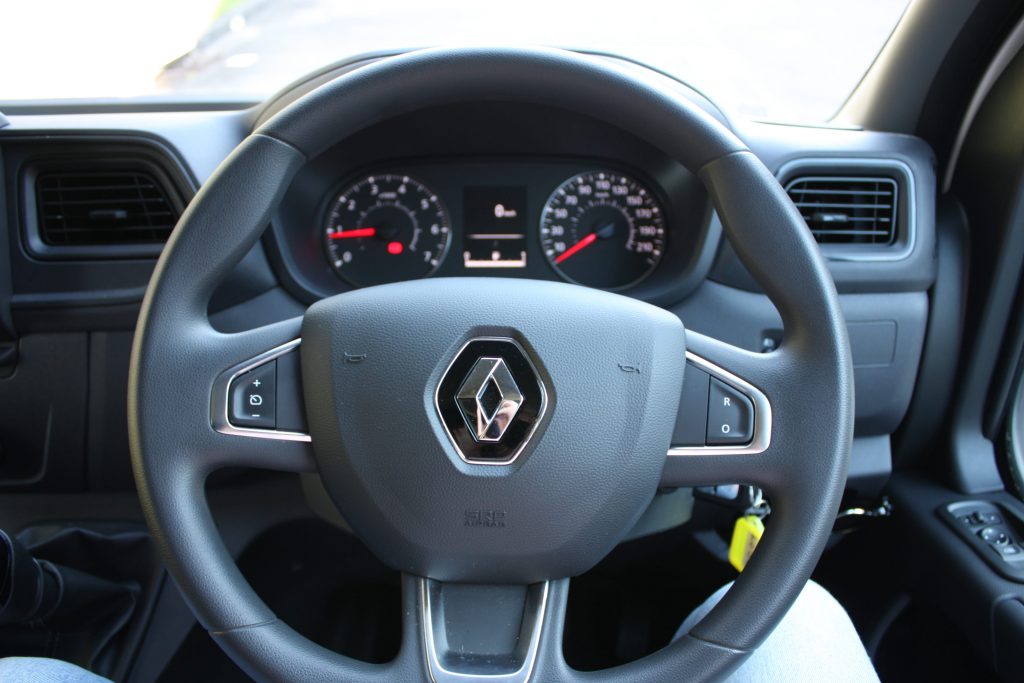
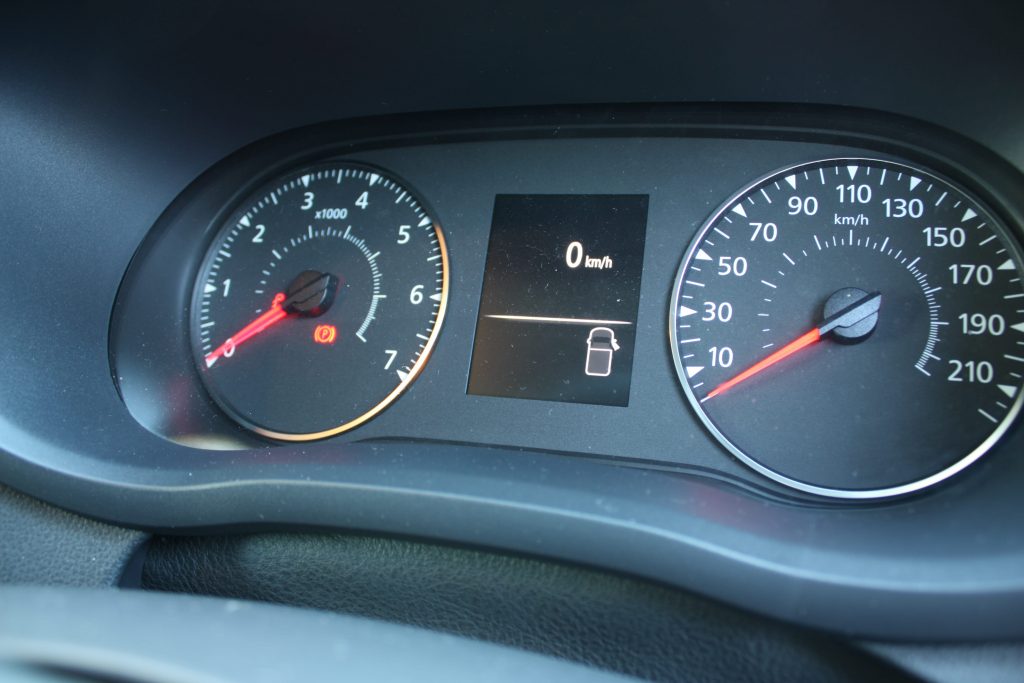
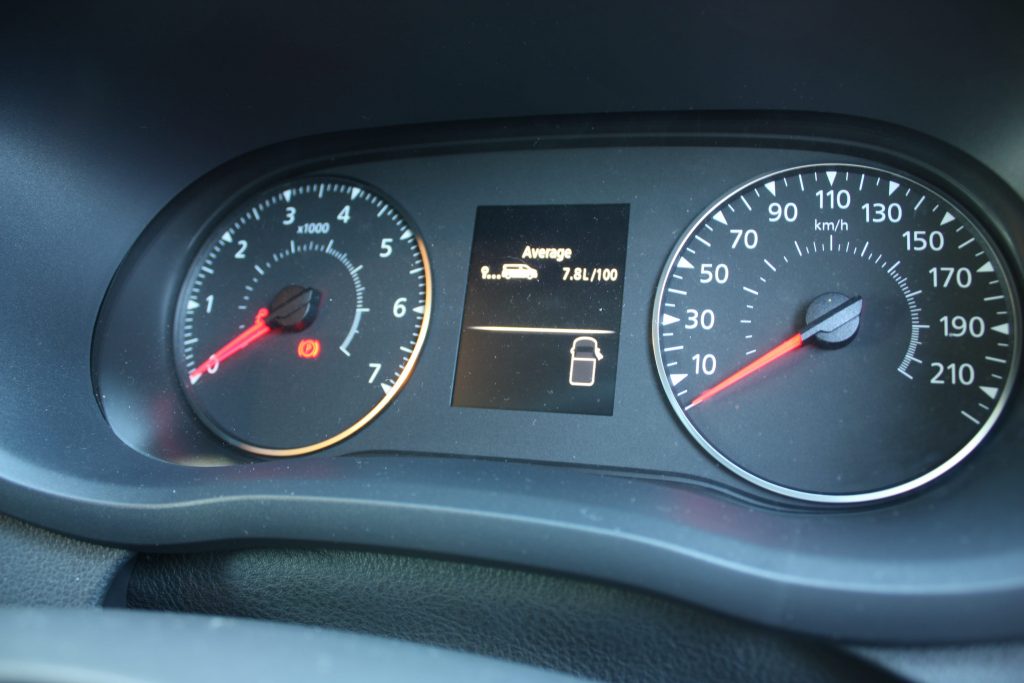
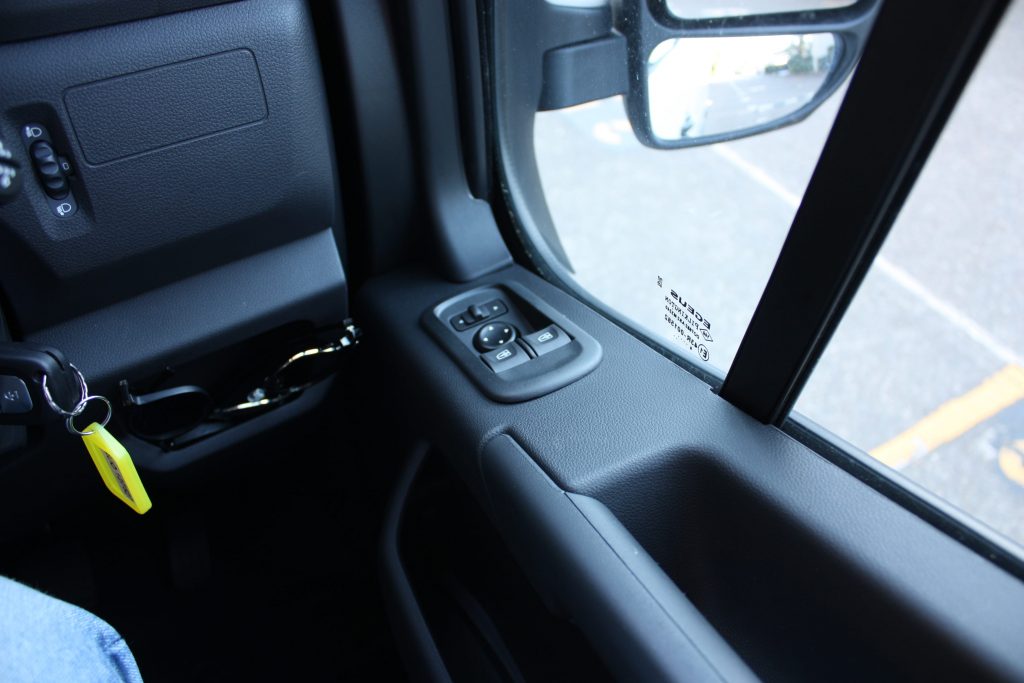
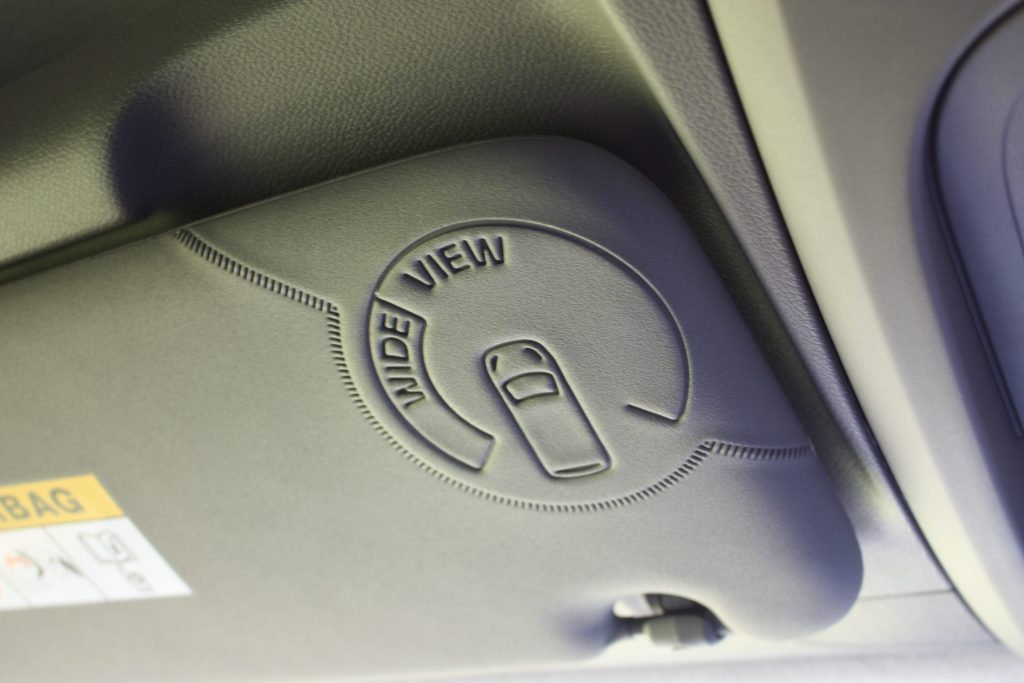
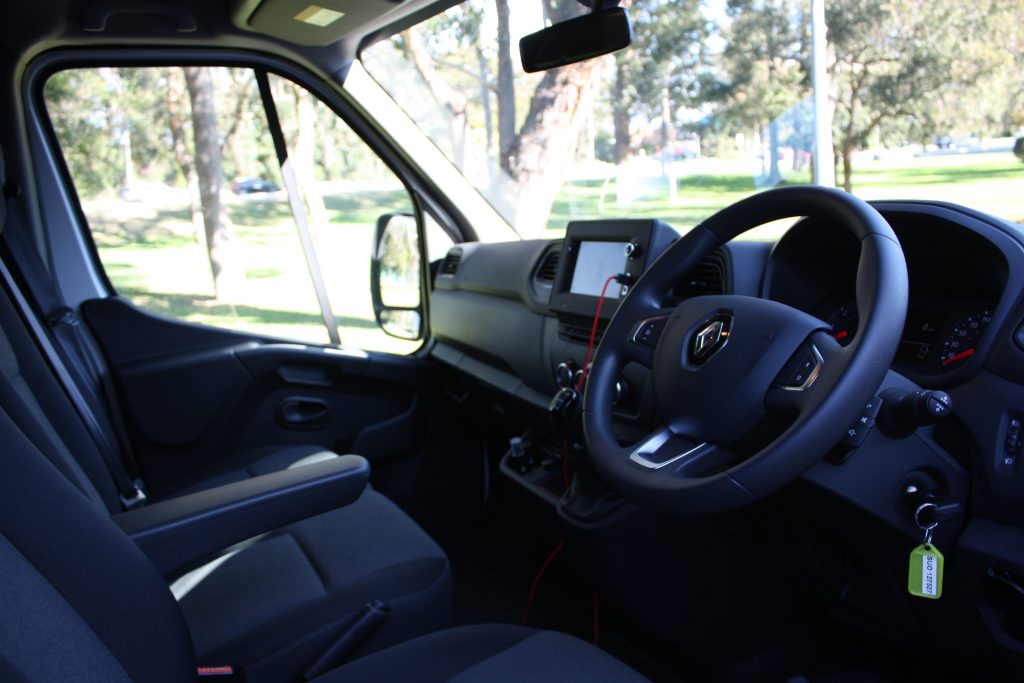
In terms of practicality, the Master delivers in spades. It can comfortably sit three abreast and no, the gear knob will not end up between the middle passengers legs. Clever touches include the centre seat, which can fold up to reveal hidden storage or fold down to create flat workspace for laptops or notebooks. There are plenty of storage options – including overhead storage, dash top storage and three seperate bins in each door.
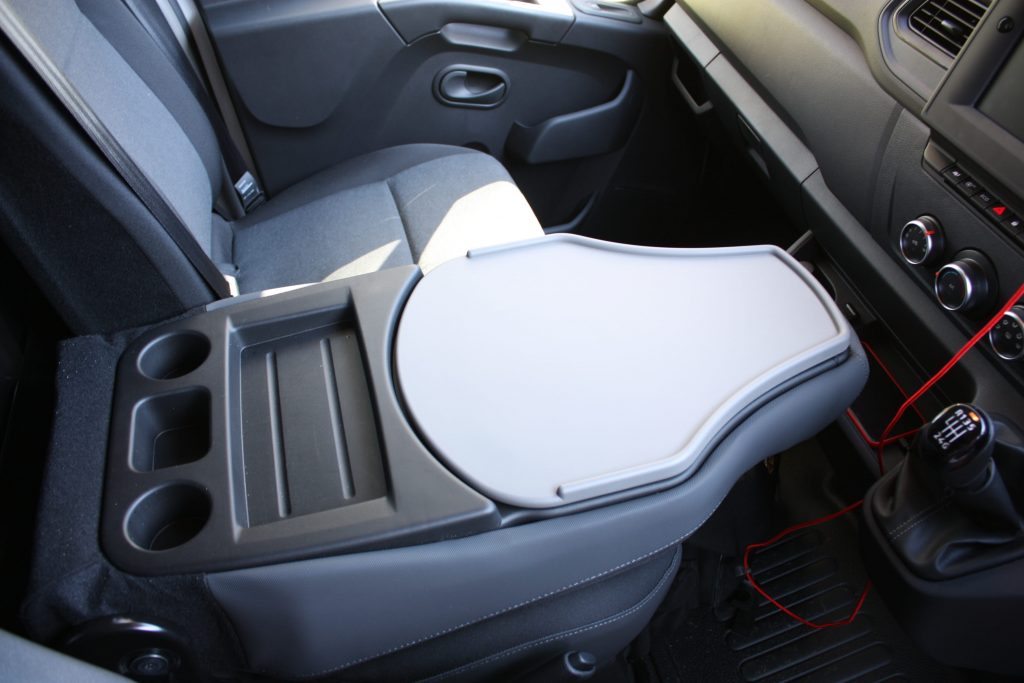
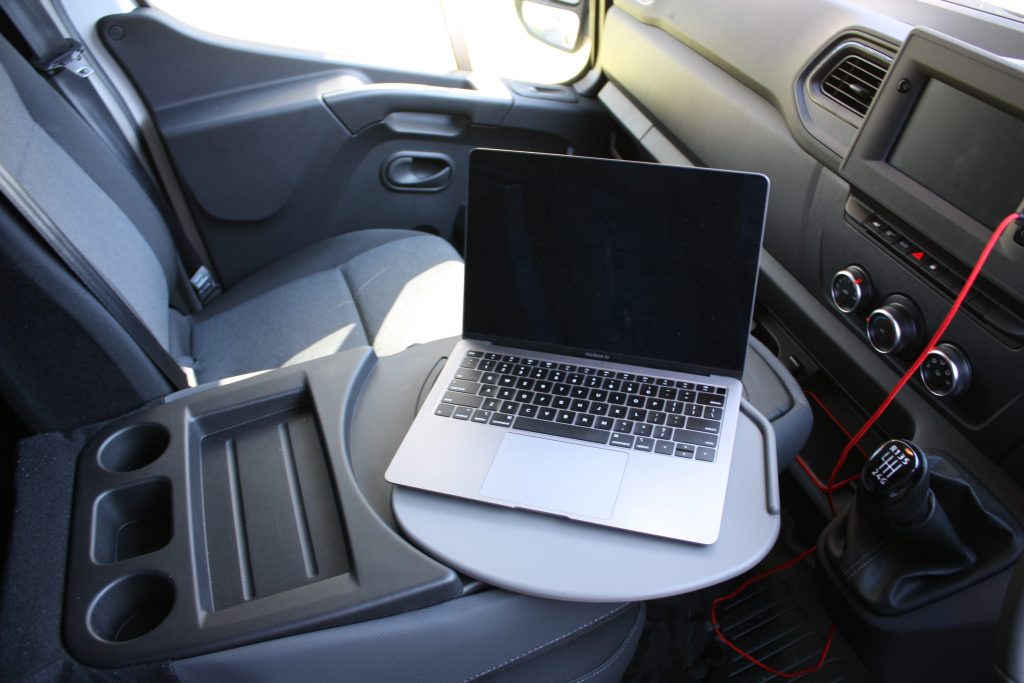
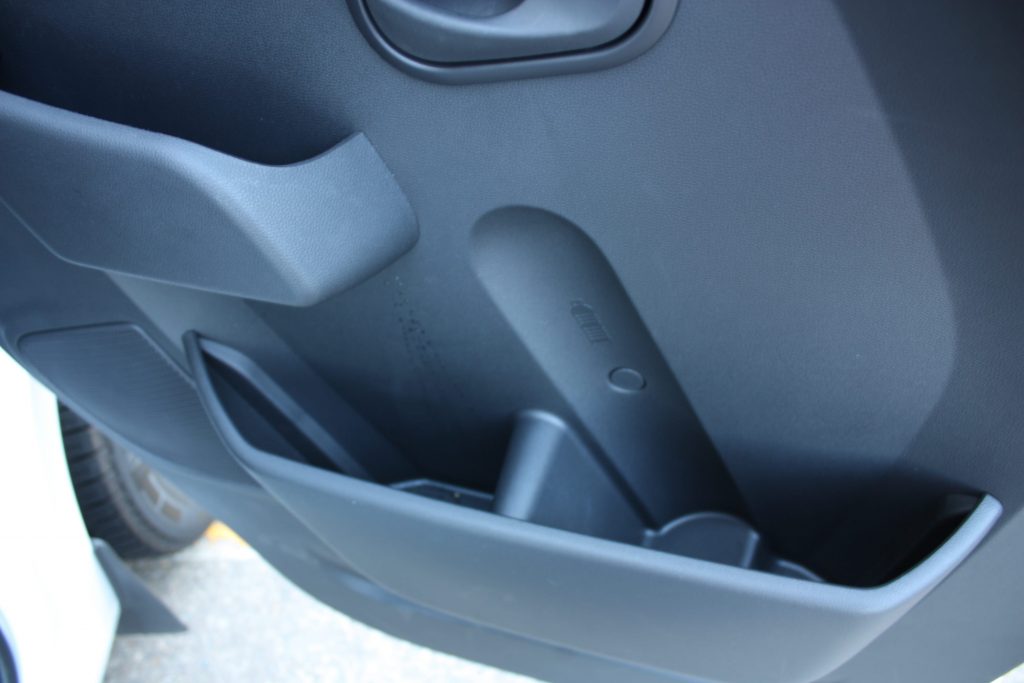
The in-cabin tech is hit and miss. The Master scores points for auto headlights that can’t be switched off and automatic wipers. The digital speedo is also welcome, and speed camera alerts built into the satnav will be appreciated by those traveling on unfamiliar roads. Those spending a lot of time on the motorway will find the lack of one-touch indicators irritating, as is the single USB port for the infotainment system that is placed directly next to the screen rather than below – meaning the cord tends to get in the way.
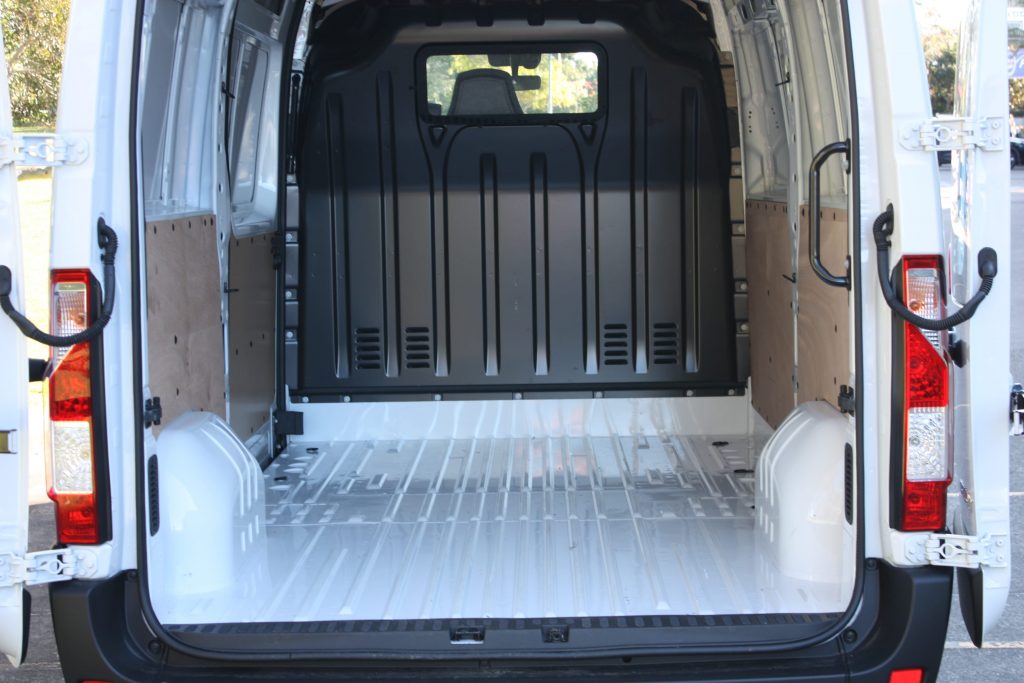
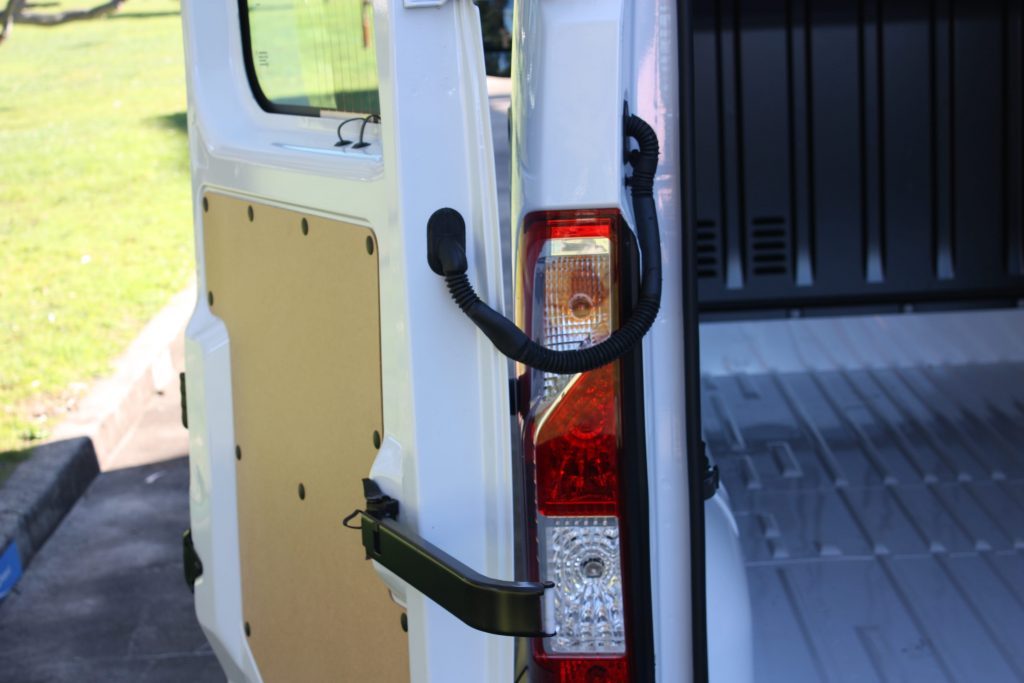
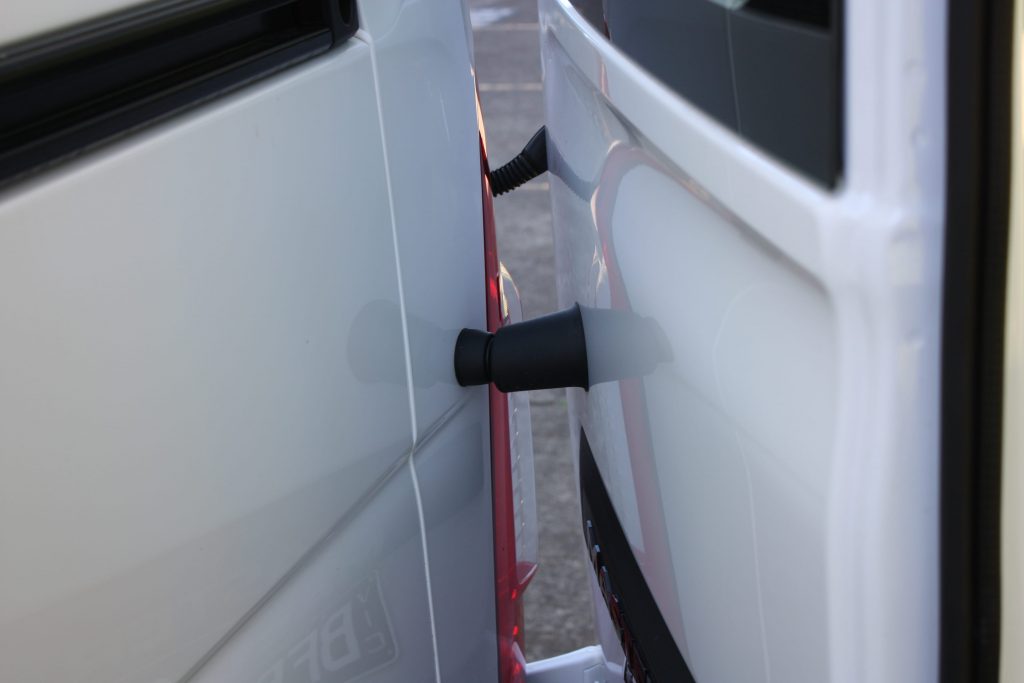
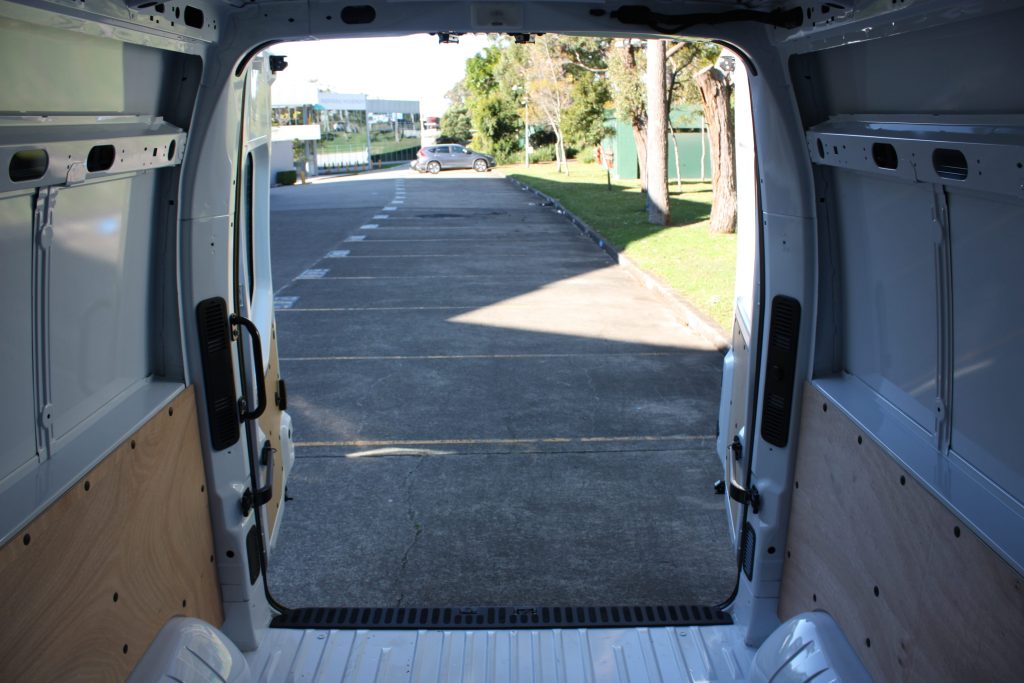
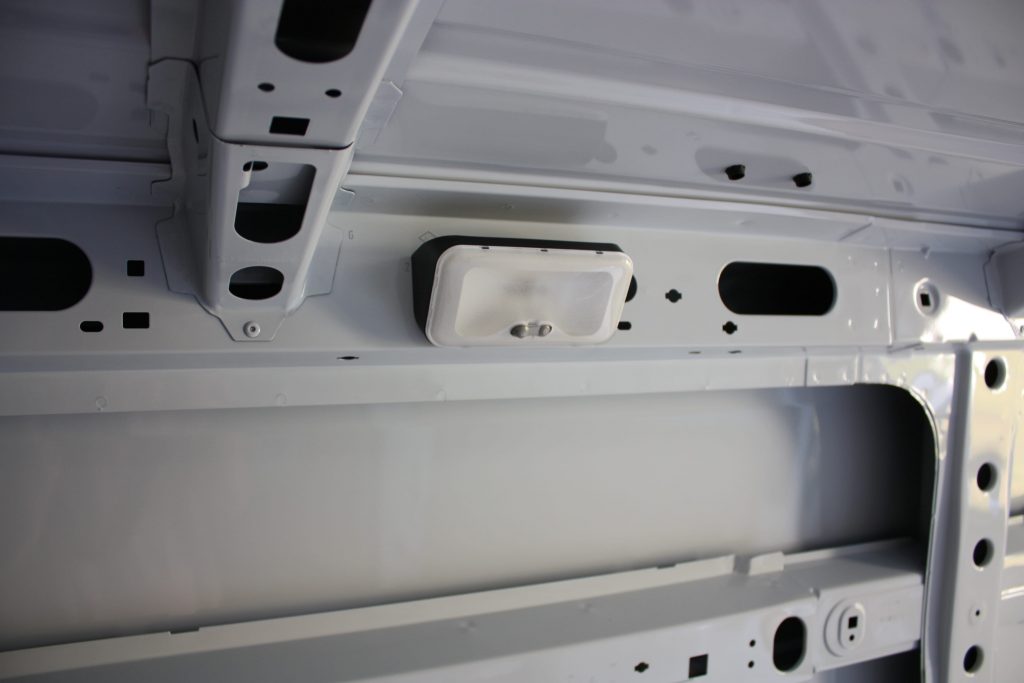
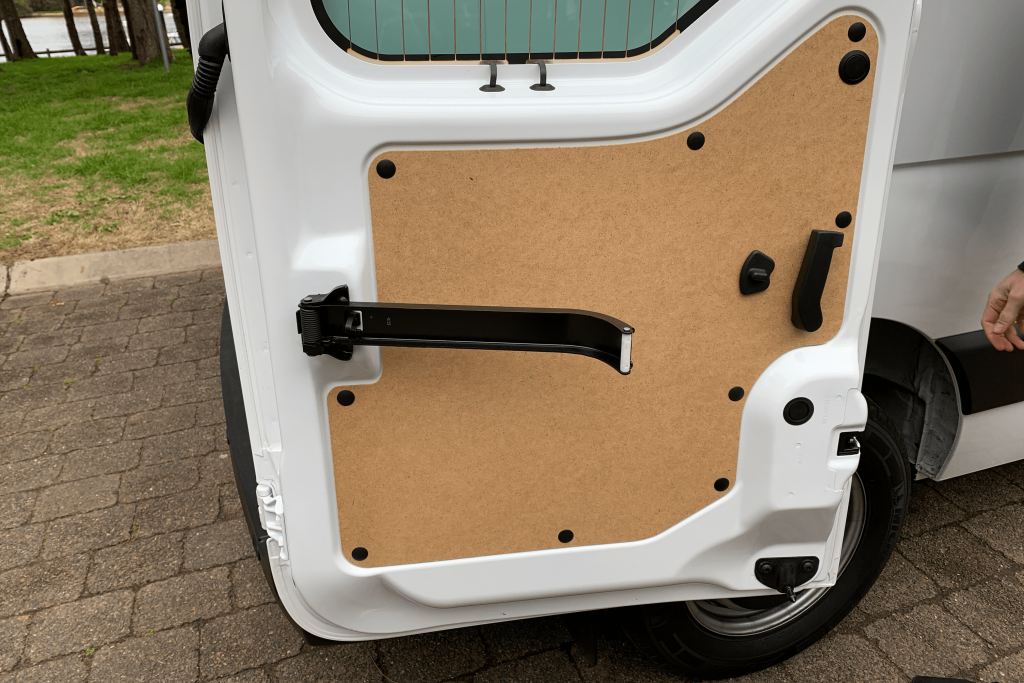
The cargo area is easily accessible via two barn doors at the rear that open to 270º or a sliding door on the kerb side. Both openings are wide enough to swallow a standard Aussie pallet. You can opt for a second sliding door and even glazing for the sides of the Master for improved visibility. Once in, you have a total of 10.8m³ to play with, offering a maximum length of 3,083mm and a maximum payload of 1,623kg.
“Once in, you have a total of 10.8m³ to play with, offering a maximum length of 3,083mm and a maximum payload of 1,623kg.”
The Volkswagen Crafter MWB trumps the Master with its maximum length of 3,450mm, but falls short with its total volume of 9.9m³.
Running Costs & Warranty: 6/10
Renault’s commercial range has just been bumped up to a five-year/200,000km warranty, now matching the Transit and Crafter in years, if still falling short from Ford’s and Volkswagen’s unlimited kilometre coverage. The Master also costs more to service than the Transit, costing $3,056 over four years or 120,000km versus the Ford’s reasonable $1,396 in the same time and kilometres.
2020 Renault Master MWB DiscoverAuto VanZap Rating: 7.5/10
The 2020 Renault Master sees some meaningful updates to keep it competitive in the class, but does the Master do it all? Yes, the improved connectivity and interior offers excellent versatility and practicality that’s also comfortable enough for everyday use. Yes, the drivetrain, ride and handling make for an effortless and efficient workhorse.
However, where the Master falls short is its lack of active safety gear. Renault was once the leader in safety, introducing firsts and blitzing the competition in crash tests. Even though commercial vehicles were initially slow on the uptake with active safety systems, the game is changing fast and it seems that this is one area where the Master falls flat.

If you are after a comfortable and easy-to-drive large van for a good price then the 2020 Renault Master is a winner. If you are happy to pay a bit more for the latest safety tech, it’s time to look elsewhere.
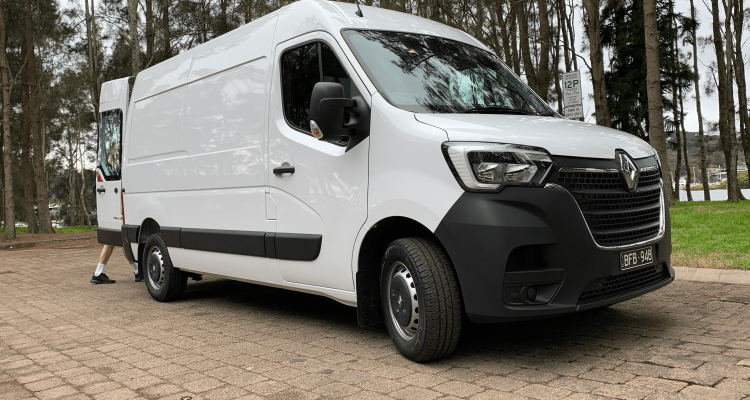
Leave a Reply